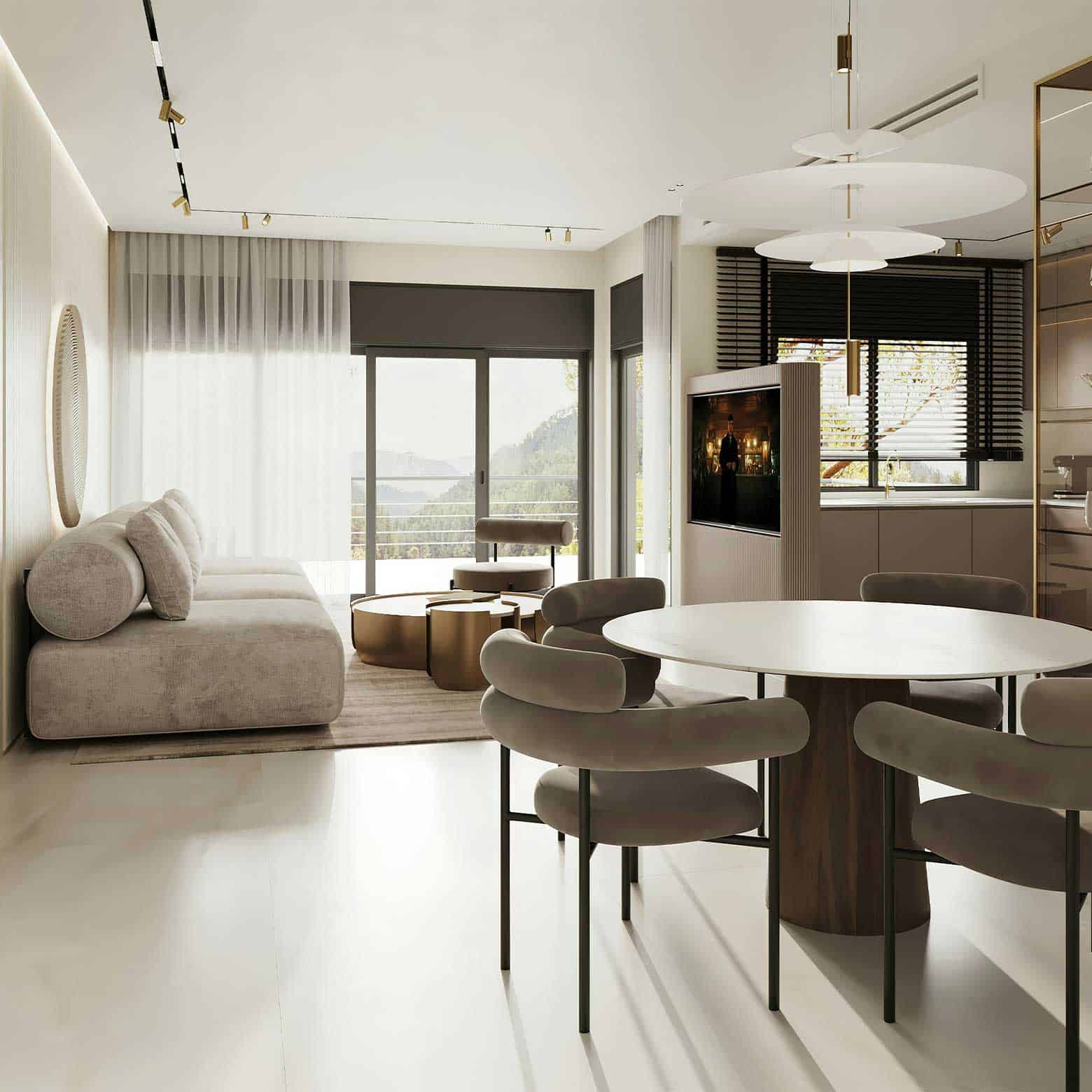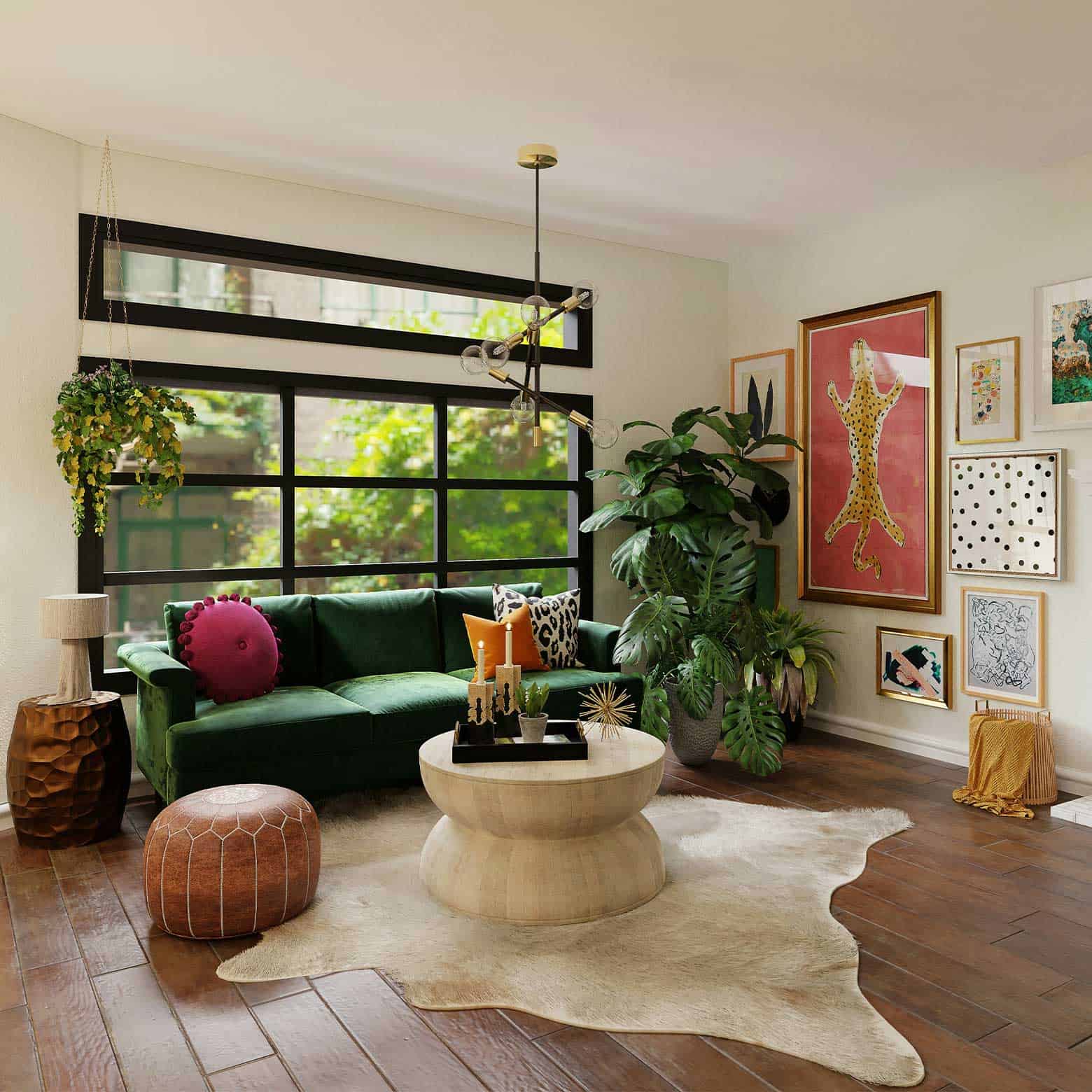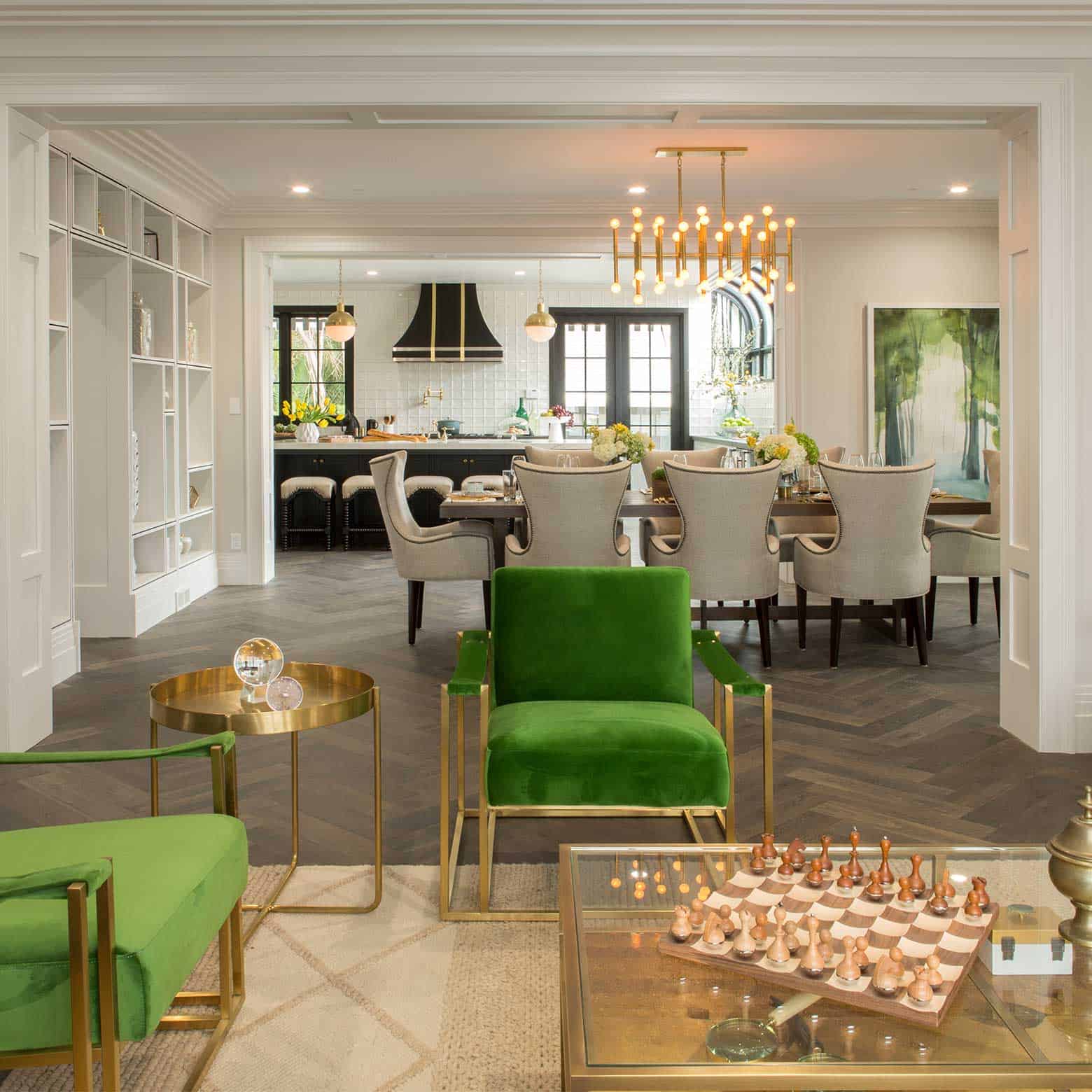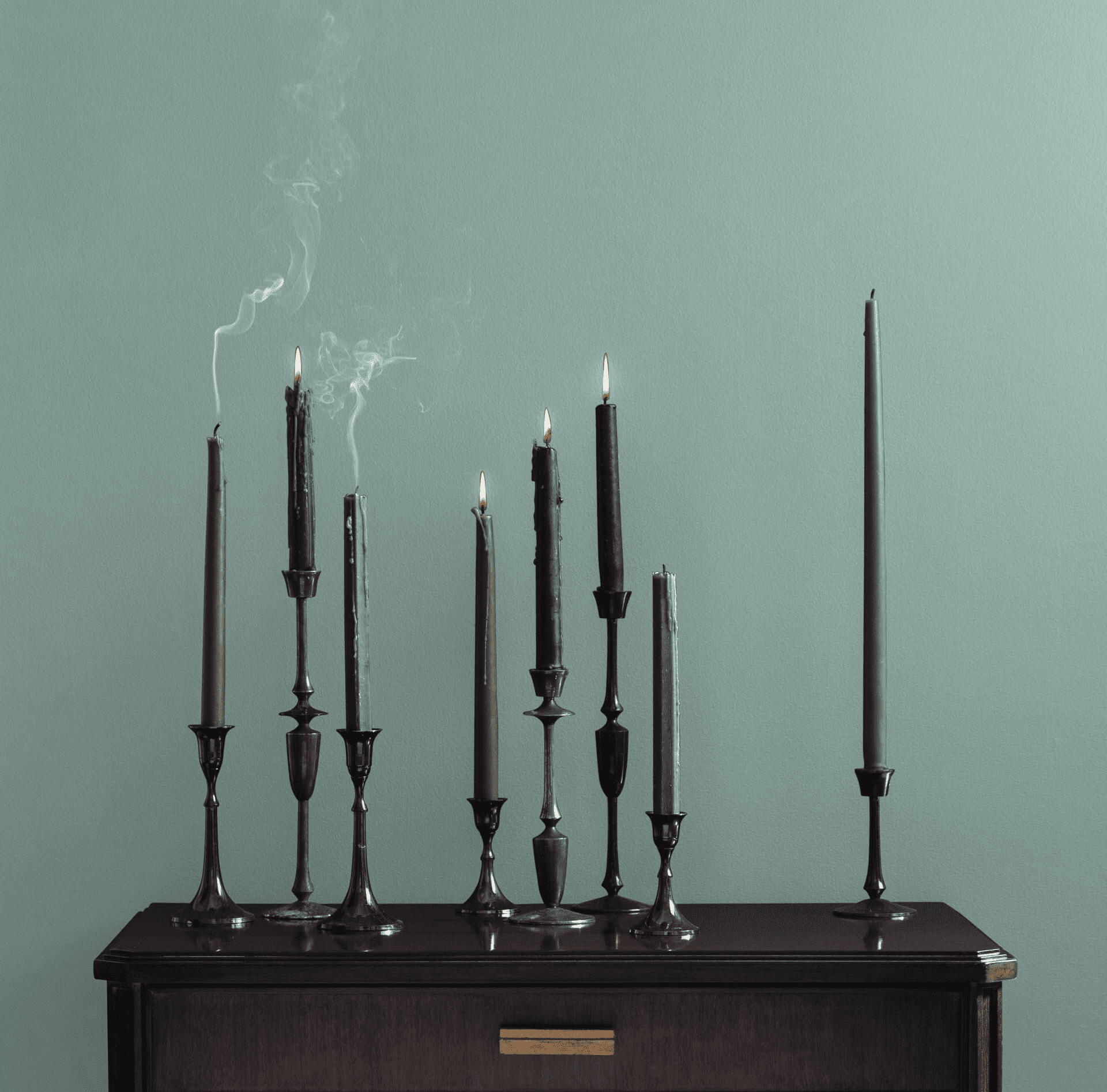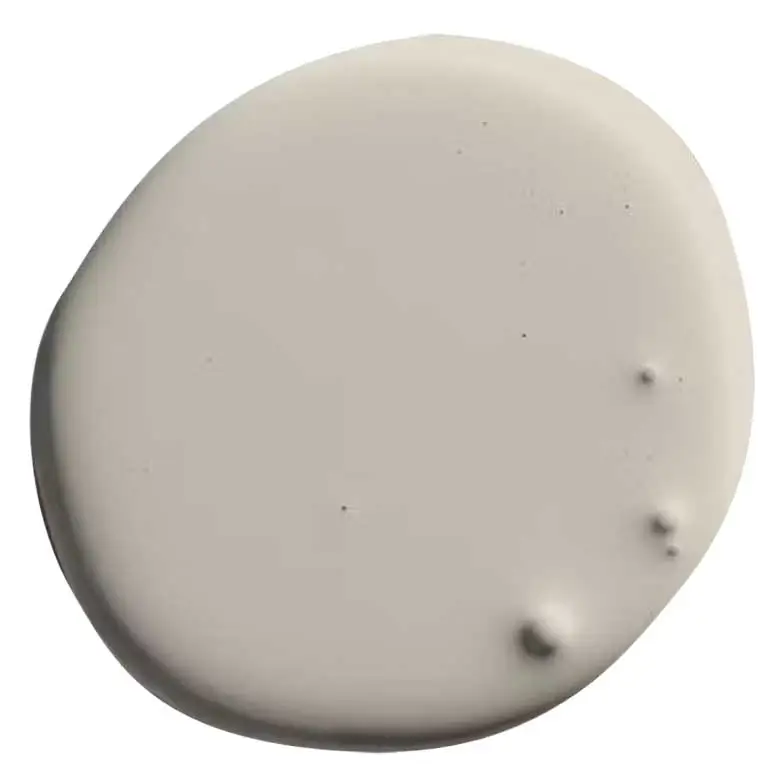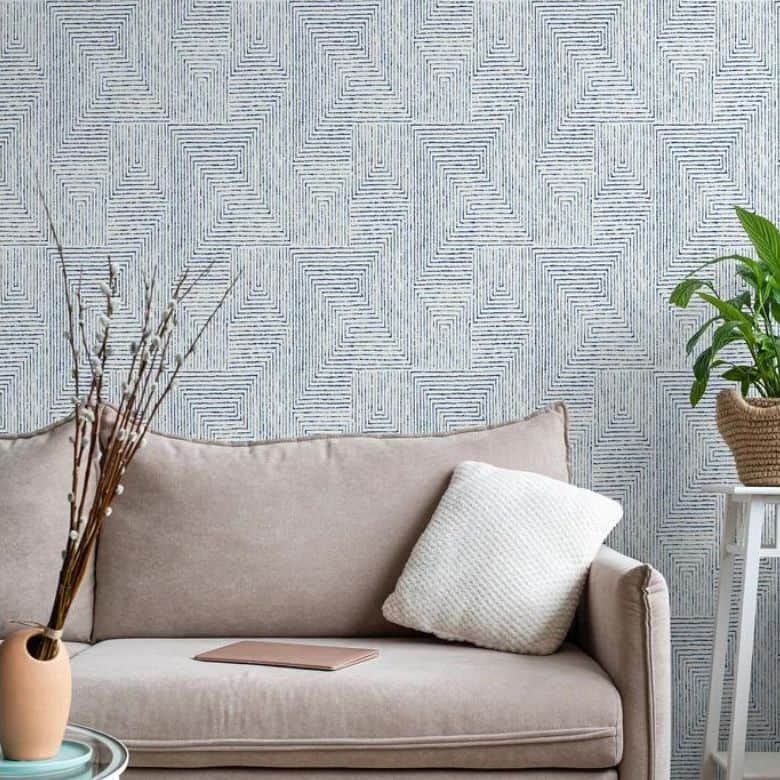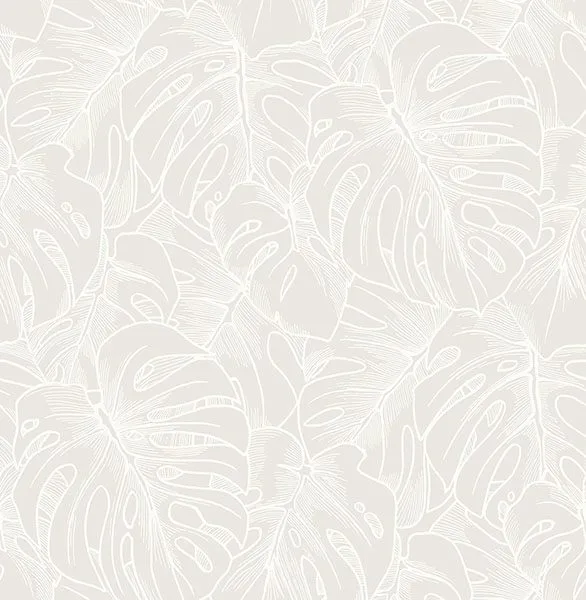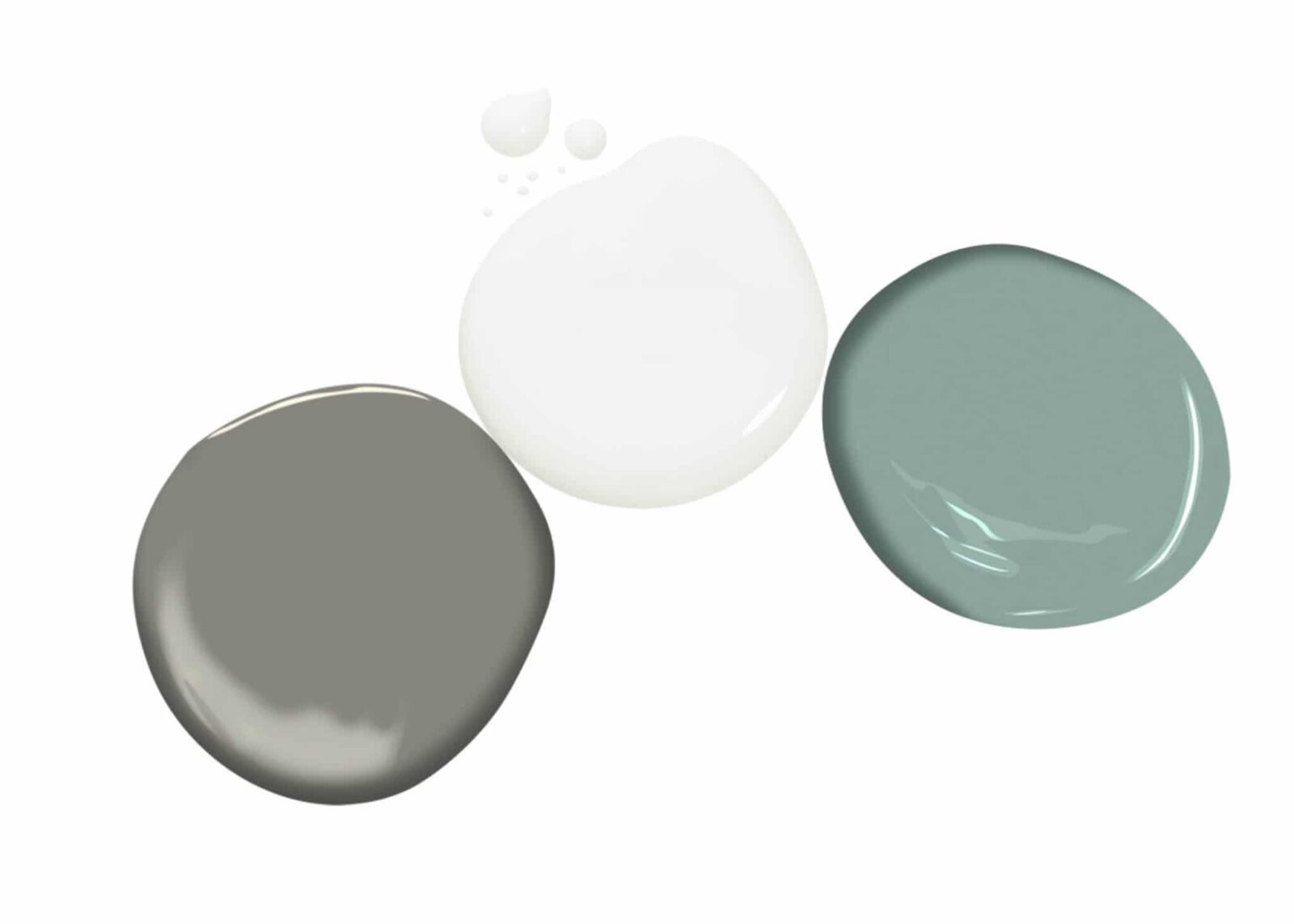How to Create a Color Palette for Your Room

This site contains affiliate links to products. We may receive commission for purchases made through these links. Price at time of publish date may change.
Whether you’re redesigning your whole home or just a single room, how you choose your interior design color palette is paramount to create visual harmony in the space. When it’s done right, your color palette is an easy guide to tie various elements of the room together—everything from the wallpaper to the throw pillows. There are a ton of different iterations of color harmonies that you can use when building your color palette for a room. Some of the more popular color harmonies for room design are analogous, complementary, and split complementary.
Analogous: Combining any three colors next to each other on the color wheel.
Complementary: Two colors that are directly opposite one another on the color wheel.
Split Complementary: Selecting one color on one side of the wheel, then adding the two colors sitting on either side of its complementary color (on the opposite side of the wheel).
However, there is no hard and fast rule when it comes to building out your room’s color palette. The most important thing is that it showcases your style! Use our tips and tricks below and soon enough, your room will be on its way to looking effortlessly cool.
The Color Wheel

01
Make a Mood Board for Your Room
First thing’s first: A good mood board is key! Mapping out how colors, fabrics, and patterns will work together before committing will save you a lot of time in the long run. Start with the basics, like the furniture you already have and want to keep, or any elements that you can’t change in your space. Then, bring in fresh inspiration, and see what you gravitate toward.
How to Make a Mood Board
Of course, you can use online tools like Pinterest, Milanote, Canva, or scroll through home designers on Instagram for inspiration. But you can also get crafty by making a good old-fashioned collage from magazine clippings. Both can be great ways to hone in on your creativity and get a feel for what styles, colors, textures, and shapes you gravitate toward.
What to Include In a Mood Board
The best part about a mood board is that it can be whatever you want it to be! If you only want to include colors and textiles, then you can. Or if instead you’d like to map out the whole room, from the sofa to the color of the walls and the living room decor, you can do do that too.
02
Consider Your Furniture Colors and Tones
If you’re not planning to totally refurnish your room—and you absolutely don’t need to in order to create a fabulous space—you’ll have to take your current furniture into account when creating the interior design color palette. And if you are considering making a couple new big-ticket purchases, don’t impulse buy! Trends in fabric colors and types can change by the season, and when you’re investing in a piece, you want to make sure you’ll still love it years down the line.
What Fabrics and Colors Should I Stay Away From?
There is no one-size-fits-all solution to fabric color or texture. Overall, go with what makes you happy, and something that will look nice with a variety of floor and wall colors, especially if you’re a renter or you’re moving around more frequently. However, neutral-colored furniture and natural weave fabrics will usually be the most versatile.
Does All My Furniture Have to Match?
Of course not! And in fact, it’s better if it doesn’t. To make your room look like a curated space, rather than a showroom, a variety of shapes, textures, colors, or patterns is crucial. Choose complementary pieces, either by their color tone or by their shape, rather than matching pieces.
03
Think About Your Room’s Natural Light
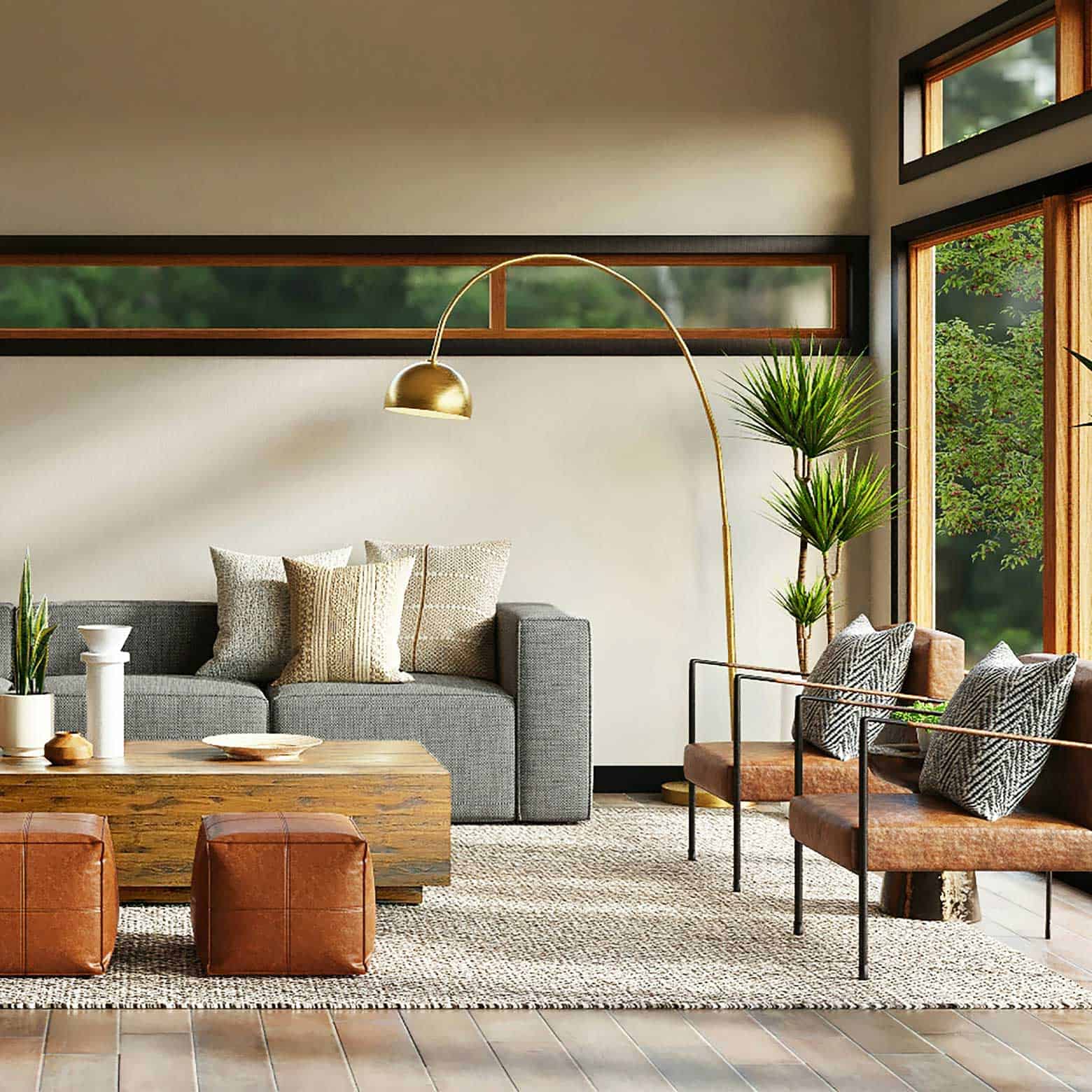
If you’re lucky enough to have plenty of windows in your space, then you should definitely take advantage of that. Natural lighting can be a great way to make your space feel open and bright. It also helps bring a touch of the outside in, which can make your room feel more lively. But if you’re working with a windowless room, or one with less-than-ideal natural lighting, light fixtures are going to become your best friend. And you need to consider how colors may appear darker or richer with lamps versus sunlight.
How Do I Brighten Up a Dark Room?
Lighting, lighting, and more lighting! Architectural floor lamps, beautiful table lamps, and sconces will take a dark space a long way, and they’ll also help make your room feel cozy and bright.
What Are the Best Window Coverings for My Space?
Your ideal window coverings will depend on a few factors—your style and budget, as well as how much light you’d like to let into the space. Roman shades are a fantastic option for living or dining rooms, and they also add chic style to the room. Floor-to-ceiling window curtains can add drama and help disperse light. And blinds can be a great option for any room, as long as they’re made of the right material (we love a bamboo or faux wood option).
04
What Colors Complement Your Style?
This might be the most important one, because it has to do with you! Your style, the designers you follow, the art you love—all of these things are essential to honor and embrace in your room, so make sure you’re doing that. Sometimes it’s easy to get caught up in what we think design should be, but honoring your unique style is important. The key in doing this while still adhering to your interior design color palette is by methodically planning. Don’t rush into your redesign—all that does is make for more mistakes and things you have to fix down the line.
How to Find Your Style
Are you a minimalist who’s drawn to neutral color palettes? Or instead, a mid-century modern lover drawn to all things vintage? Or maybe you appreciate the more traditional style? Do your research, either online or in magazines, and try to find what peaks your interest. So often, your style will be a combination of a few different aesthetics. So embrace that, and search for paints, decor, and furniture that inspires you.
How to Make Your Room Fit Your Aesthetic
This is as easy as assessing the pieces you already have that you love. That oblong coffee table or faux animal print rug? Look toward these piece you have that make your space feel like your own, and then design around them. You can look to Instagram designers, Pinterest boards, Drew and Jonathan’s show reveals, or other inspirations, but remember to keep your style and color palette at the forefront of your design choices.
05
Think About Any Connecting Rooms
You certainly don’t have to use the same color palette in every room of the house. You want your space to still look interesting! So find one element that guides the eye and sprinkle it into the next room. It’ll connect the spaces visually, which will then make for a very designer-looking floorplan.
What Colors Are You Already Working With?
Let’s say your living room and dining room are connected. You’ll want to make sure that some elements of the room are showcased in the other. Just like how we see the green painting peek through Drew’s dining room here—it calls back to the bold green chairs featured in the living room. This creates a harmony, where each room feels visually connected to the other, and makes for a space that looks more intentionally designed.
How to Make Two Rooms Look Compatible
It’s as simple as adding a splash of one standout color into the next room, introducing fixtures of the same color, or incorporating small elements that callback to the previous room. For example, if you have a mustard yellow couch in one room, consider placing mustard yellow pillows or art in the room next door.
06
Are You Looking to Sell Anytime Soon?
The one thing that can get tricky is finding the balance between your unique style and what buyers are looking for. Of course, it’s your home, and you should love the place you live! But, if you’re planning to sell your home in the next few years, you might want to stray away from any extravagant wall colors that could make your design style come across a bit too niche. However, that’s not to say that you can’t put your creative spin on your color palette. There are so many subtle ways to inject personality into your space without going too over-the-top.
What Are Some Ways to Make My Space Unique While Also Keeping It Easy to Sell?
One of the easiest ways to ensure your personal style is reflected in your room is by incorporating pattern. You can do this through area rugs, pillow covers, window treatments, chic removable wallpaper, a gallery wall, or something else. Make use of your interior design color palette with whatever you choose to incorporate, so the room looks streamlined.
What Colors Should I Consider Painting My Walls That Aren’t Too Intense for Buyers?
Neutrals are always a safe bet, but that doesn’t mean you’re limited only to iterations of white. There are so many variations of color in neutral paints! Cool-toned creams, warm-toned taupes, and everything in between. Check with your local paint supply store or look online to get a better idea of what neutral would work best for your room. Peel and stick wallpaper is another great option if you want your walls to pop with the option to take it down or change it easily later.

